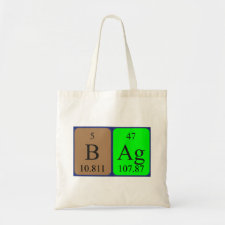
Authors: Carbajo MC, Lopez C, Gomez A, Enciso E, Torralvo MJ
Article Title: Micro/nano-structural properties of imprinted macroporous titania and zirconia.
Publication date: 2003
Journal: Journal of Materials Chemistry
Volume: 13
Issue: (9)
Page numbers: 2311-2316.
DOI: 10.1039/b304062c
Abstract: Some factors affecting micro-/nano-structural parameters of imprinted titania and zirconia have been analysed. Latex particles with different compositions were selected to be used as templates in order to investigate the effect of template- inorganic precursor interaction on the microstructural properties of the oxides. Titanium isopropoxide or zirconium n- propoxide diluted in n-propanol or hexane were used as precursors of titania and zirconia respectively. Samples have been prepared with different alkoxide/solvent ratios and in some cases hydrochloric acid was employed as catalyst. The chemical composition of the template can affect the wall structure, wall thickness and structural contraction. A large crystal wall structure is observed in titania imprinted on poly[styrene-co-(2-hydroxyethylmethacrylate)] and poly[styrene- co- acrylic acid], but when imprinted on polystyrene, a fibre- like wall structure, thinner pore wall and lower structural contraction, are obtained. Chemical interaction between the latex particles and the metal alkoxide seem to be less important for zirconium n-propoxide than for titanium isopropoxide. Therefore, zirconia imprinted on polystyrene, poly[styrene-co-(2-hydroxyethylmethacrylate)] and poly[styrene- co- acrylic acid] shows a similar fibre-like wall structure. Pore walls made of small and homogeneous crystallites have been observed in zirconia obtained using hexane as solvent, probably due to the stability of alkoxy bridges that leads to a low hydrolysis rate. Small crystals building a thin and continuous pore wall are also formed when hydrochloric acid is added to the precursor solution and the hydrolysis takes place in ambient conditions. These microstructural features can be understood as due to both the easy protonation and the hindered condensation process under the experimental conditions used



Join the Society for Molecular Imprinting

New items RSS feed
Sign-up for e-mail updates:
Choose between receiving an occasional newsletter or more frequent e-mail alerts.
Click here to go to the sign-up page.
Is your name elemental or peptidic? Enter your name and find out by clicking either of the buttons below!
Other products you may like:
 MIPdatabase
MIPdatabase









